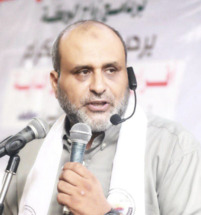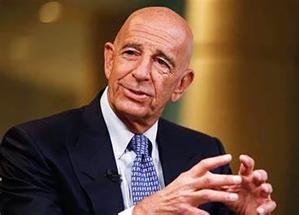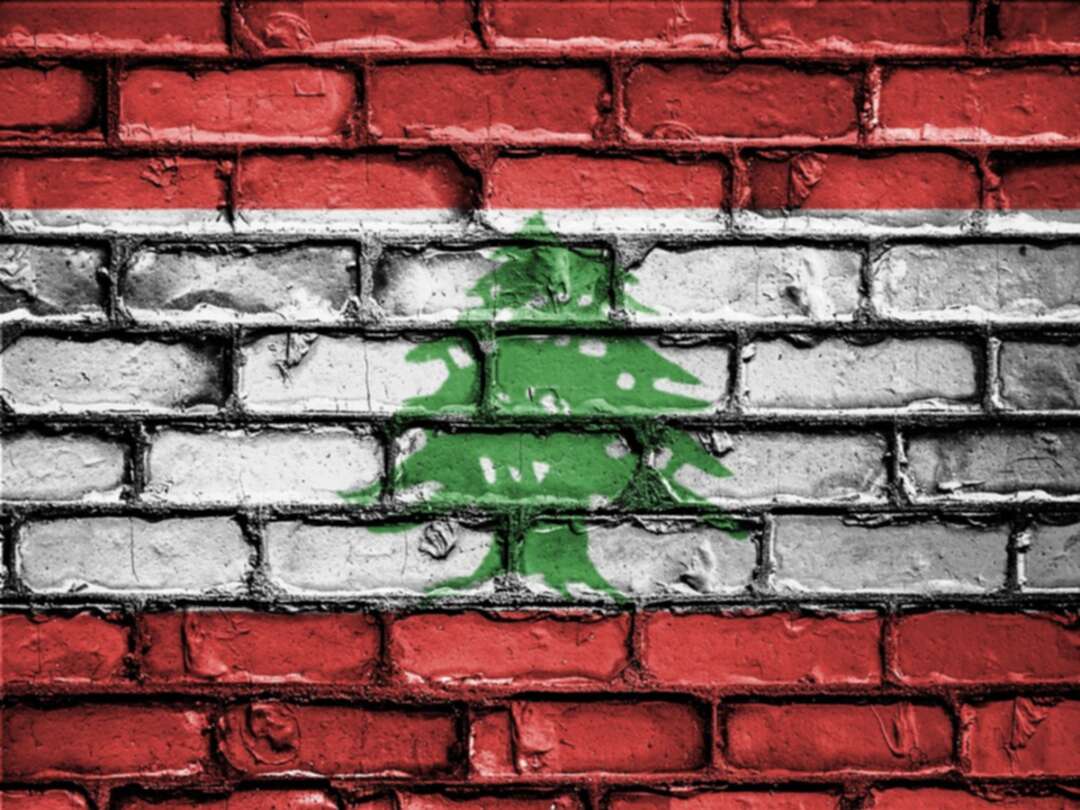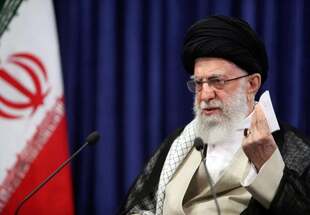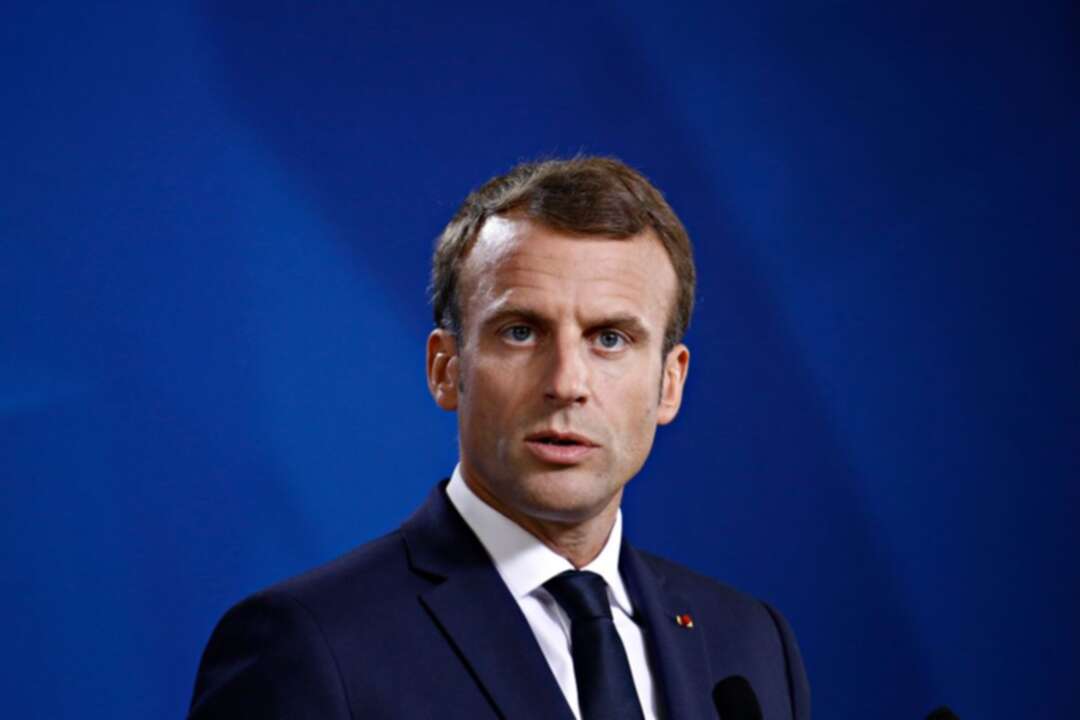-
Dimensions of the September 2022 Uprising

There is no doubt that the uprising that began in the last week of September 2022, led by brave Iranian women and girls, is considered one of the most widespread and important popular uprisings in Iran in recent years.
The Iranian resistance, due to its costly struggle against the ruling religious dictatorship for 44 years, and as a result of its deep understanding of the explosive situation in Iranian society, had anticipated this uprising. Assessments and analyses indicated that Khamenei's policy of purging power had reached a dead end. This policy directed against the people was aimed at curbing popular uprisings, but in reality it could not prevent the outbreak of the uprising and the emergence of widespread protests and strikes.
The September 2022 uprising began in response to the government's killing of Mahsa (Jina) Amini on September 15 and continued for many months, with fluctuations in its intensity, until it became a widespread movement that transformed the accumulated anger in society into a huge fire that has not been extinguished to this day.
In that uprising, the Iranian people challenged the entire Velayat-e Faqih regime. From the first moments of the uprising, the central slogans of the demonstrators were "Death to the dictator" and "Death to Khamenei".
A state media outlet wrote four days before the unjust martyrdom of Mahsa Amini in the morality police prison known as Ershad:
"The people are under great pressure and do not trust the government. You have made the people very angry with Khomeini, the revolution and the regime. They express their anger not only in words, but also in their actions. If you want to believe it, give the people a day of freedom and see what they will do" (Khabarfori, state-run website, September 12, 2022).
In the 2022 uprising, the entire government was taken by surprise. Mohsen Mahdian, one of the regime's cultural figures, said on state television, astonished by the rapid uprising that swept the country: "In these two days, things happened that we have not seen in the past forty years, because violence and chaos began from the first hour."
The violence and chaos meant the overwhelming anger of the revolutionary youth who did not care about the regime’s armed forces’ suppression to the teeth and rushed to the streets like a torrent. The intense anger of the vulnerable women and girls who were at the forefront and carried the banner of the uprising attracted the world’s attention.
The same person added: “The main issue was not the hijab or the morality police, and it was not even the incident of the late Mahsa Amini. These (angry demonstrators) were protesting against the regime, and their slogans clearly showed that. They were targeting the regime itself.”
Historical Background of the Iranian People’s Confrontation with Tyranny
The anti-tyranny uprisings, from the Constitutional Revolution in 1906 to the 2022 uprising, are the result of the efforts and sacrifices made by the Iranian people to achieve freedom and social justice. The Iranians have repeatedly stood up to colonialism and tyranny, paid a heavy price and stood firm no matter what the cost. Although the Constitutional Revolution and the movement to nationalize the oil industry led by Dr. Mohammad Mossadegh were subjected to internal and external conspiracies, their legacy is still alive in the streets and in the comprehensive Iranian social movements. The September 2022 uprising was based on this glorious historical legacy. For this historical reason, as soon as the news of the murder of Mahsa Amini was heard, the uprising broke out quickly and within hours in Tehran, then in Saqqez (the birthplace of Mahsa Amini) and Sanandaj (the capital of Iranian Kurdistan). At the same time, students of Tehran University took action and began demonstrating with anti-regime slogans. On the second day, the cities of Sanandaj, Mahabad, Gohardasht and Karaj witnessed an uprising full of anger and hatred without fear of the bullets of the regime's suppressive forces. In the following days, many cities in various provinces of Iran went on strike and held demonstrations. At the same time, universities were filled with slogans and angry voices raised by students and academics. The Kurdish city of Divandareh (in Kurdistan Province) turned into a battlefield between the rebellious youth and the security and intelligence suppression forces. In the following days, the protests and demonstrations expanded to many Iranian cities, to the point that in the second half of the Iranian year, not a single day passed without an uprising or revolution.
On January 28, 2023, the People's Mojahedin Organization of Iran announced in a statement that the uprising had spread to more than 282 Iranian cities, that 750 people had lost their lives during the uprising, and that the number of detainees had reached more than 30,000. On March 28, 2023, the names of 675 of those killed by the regime's suppression forces were published.
The Future and Prospects of the Mahsa Uprising
At a glance, it can be said that all the factors and conditions that led to the 2022 uprising are still in place, and even, despite the increase in repression and executions after Pezeshkian was appointed president, public discontent, protests and strikes are expanding at a sharper pace. The human rights situation has deteriorated significantly. Since Pezeshkian took office, more than 166 people have been executed. This highlights the regime’s reliance on intimidation and repression as a means of maintaining its power.
The Velayat-e Faqih regime has crossed irreparable red lines in the face of the Iranian people, and it is impossible to return to what it was before the 2022 uprising. In addition, the regime has neither the ability nor the will to solve the living crises that 90 million Iranians are suffering from. Young people, women and graduates constitute a large part of this population, and they lack job and life opportunities and see no hope or prospects for their future.
Looking at the recent elections held to appoint a new president of the regime, it can be concluded that this regime lacks popular legitimacy, and that repressive efforts to maintain power will not lead to any results. The widespread boycott of these elections and the participation of only 12% of eligible voters confirm this fact.
BY: Mir Mohammadi System
You May Also Like
Popular Posts
Caricature
BENEFIT Sponsors BuildHer...
- April 23, 2025
BENEFIT, the Kingdom’s innovator and leading company in Fintech and electronic financial transactions service, has sponsored the BuildHer CityHack 2025 Hackathon, a two-day event spearheaded by the College of Engineering and Technology at the Royal University for Women (RUW).
Aimed at secondary school students, the event brought together a distinguished group of academic professionals and technology experts to mentor and inspire young participants.
More than 100 high school students from across the Kingdom of Bahrain took part in the hackathon, which featured an intensive programme of training workshops and hands-on sessions. These activities were tailored to enhance participants’ critical thinking, collaborative problem-solving, and team-building capabilities, while also encouraging the development of practical and sustainable solutions to contemporary challenges using modern technological tools.
BENEFIT’s Chief Executive Mr. Abdulwahed AlJanahi, commented: “Our support for this educational hackathon reflects our long-term strategic vision to nurture the talents of emerging national youth and empower the next generation of accomplished female leaders in technology. By fostering creativity and innovation, we aim to contribute meaningfully to Bahrain’s comprehensive development goals and align with the aspirations outlined in the Kingdom’s Vision 2030—an ambition in which BENEFIT plays a central role.”
Professor Riyadh Yousif Hamzah, President of the Royal University for Women, commented: “This initiative reflects our commitment to advancing women in STEM fields. We're cultivating a generation of creative, solution-driven female leaders who will drive national development. Our partnership with BENEFIT exemplifies the powerful synergy between academia and private sector in supporting educational innovation.”
Hanan Abdulla Hasan, Senior Manager, PR & Communication at BENEFIT, said: “We are honoured to collaborate with RUW in supporting this remarkable technology-focused event. It highlights our commitment to social responsibility, and our ongoing efforts to enhance the digital and innovation capabilities of young Bahraini women and foster their ability to harness technological tools in the service of a smarter, more sustainable future.”
For his part, Dr. Humam ElAgha, Acting Dean of the College of Engineering and Technology at the University, said: “BuildHer CityHack 2025 embodies our hands-on approach to education. By tackling real-world problems through creative thinking and sustainable solutions, we're preparing women to thrive in the knowledge economy – a cornerstone of the University's vision.”
opinion
Report
ads
Newsletter
Subscribe to our mailing list to get the new updates!


